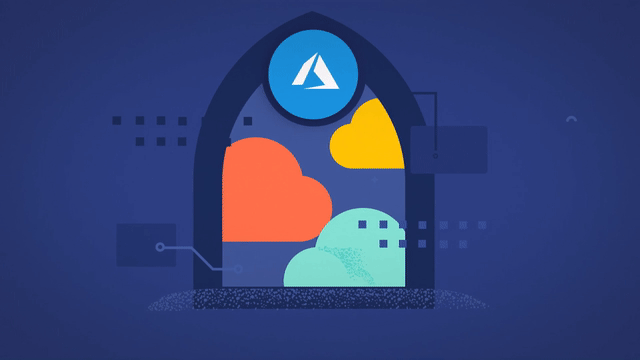What’s new in Elastic Cloud for 7.13: Microsoft Azure portal integration, Azure Private Link in private beta, and frozen tier
The latest updates to Elastic Cloud make it easier to deploy and manage Elasticsearch on Microsoft Azure, secure data in motion with Azure Private Link, and cost-effectively store and search more data across all cloud service providers with the frozen tier and searchable snapshots. Keep reading to learn more.
Easily find, deploy, and manage Elastic directly within Microsoft Azure
We’re excited to announce the latest development in our ongoing partnership with Microsoft, the public preview of our Azure portal integration, which allows you to find, deploy, and manage Elasticsearch directly within the Azure portal. You can also take advantage of simplified ingestion for Azure platform, resource, and virtual machine logs, accelerating time to value for observability. By adding Workplace Search, you’ll empower employees to find information across collaboration tools and data repositories. And by implementing intelligent threat protection and machine learning capabilities for anomaly detection, you can help to secure your Azure environment. Other benefits of the integration include consolidated billing, single sign-on to the Elastic Cloud console using your Azure credentials, and support for Private Link (private beta). Read more in our Azure integration blog post.
Support for Azure Private Link: now in private beta
Azure Private Link provides private connectivity from your Azure virtual network to other Azure services — and now it’s available for Elastic deployments. The traffic between your virtual network and your Elastic deployment travels across the Azure network instead of the public Internet, providing you with added security.
.png)
New Microsoft Azure regions
Elastic Cloud supports more than 40 regions globally, spanning AWS, Google Cloud, and Microsoft Azure, and we recently added two new Microsoft Azure regions: Azure East US (N. Virginia) and Azure South Central US (Texas). Visit the regions page to learn about all of the supported regions.
.png)
Frozen tier is now generally available on Elastic Cloud
The frozen tier is now generally available on Elastic Cloud and Elastic Cloud on Kubernetes. Powered by searchable snapshots, the frozen tier leverages cost-effective object storage such as Amazon S3, Google Cloud Storage, and Microsoft Azure Blob Storage to decrease data storage costs. This new data tier is fully integrated with autoscaling, allowing you to seamlessly scale to store massive amounts of data. The frozen tier is designed to be so cost-effective you’ll never need to delete data. Save it all, and search it when you need to.
Fleet on Elastic Cloud
The Fleet Server lets you manage a collection of Elastic Agents, which in turn allows you to ingest data from a broad range of popular services and platforms. Fleet is now available in beta on Elastic Cloud and is decoupled from Kibana. This change is designed to help you scale your fleet to tens of thousands of agents without impacting Kibana resource usage.
